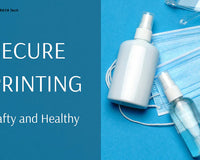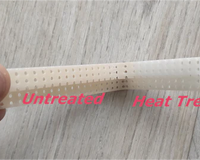Proper Handling of UV Curable 3D Printing Resins
In the rapidly growing world of 3D printing, Ultraviolet (UV) curable resins are gaining traction. These resins cure quickly when exposed to UV light, facilitating faster 3D printing processes.
UV curable resins, like any chemical, require safe handling to protect both users and the environment.
Enter the Photopolymer Additive Manufacturing Alliance (PAMA), an organization dedicated to making photopolymer additive manufacturing (PAM) more accessible and promoting safe and responsible adoption of these technologies.
PAMA collaborates with government agencies and emphasizes voluntary self-regulation to ensure the safe and responsible use of PAM technologies.
In their latest blog, PAMA outlines general guidelines for handling UV curable resin materials. These guidelines are relevant for 3D printing systems that utilize techniques like stereolithography (SLA), digital light processing (DLP), and UV-cured resins which also includes MSLA (LCD) printing technology.
Click here to download the Original PDF guide and learn more about the precautions of 3D printing.












